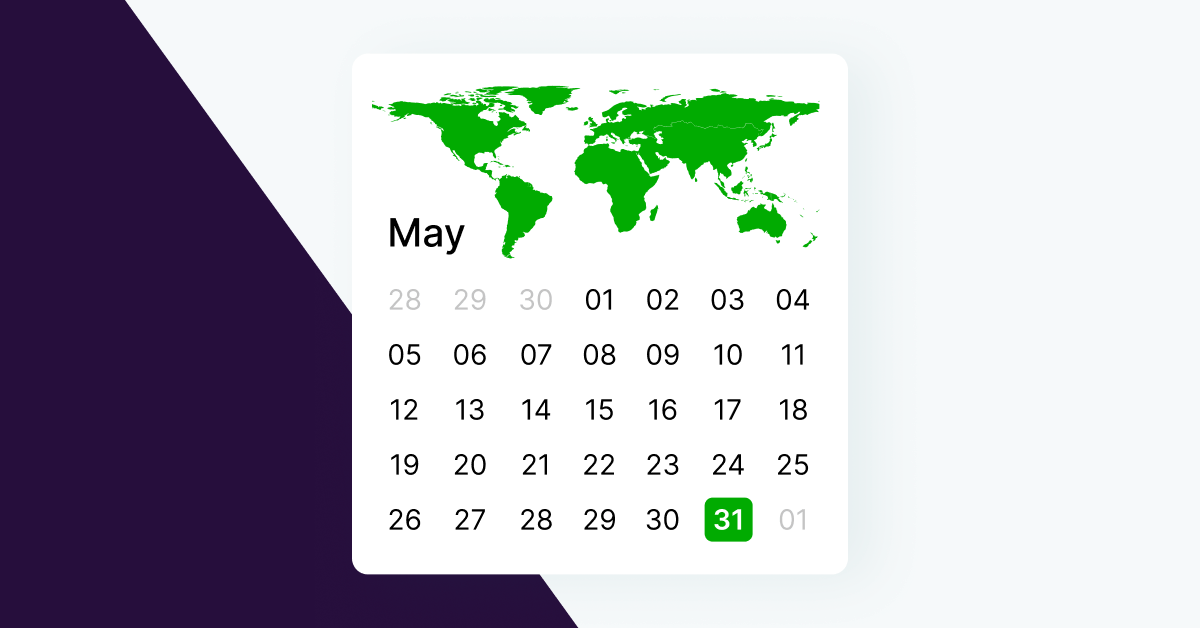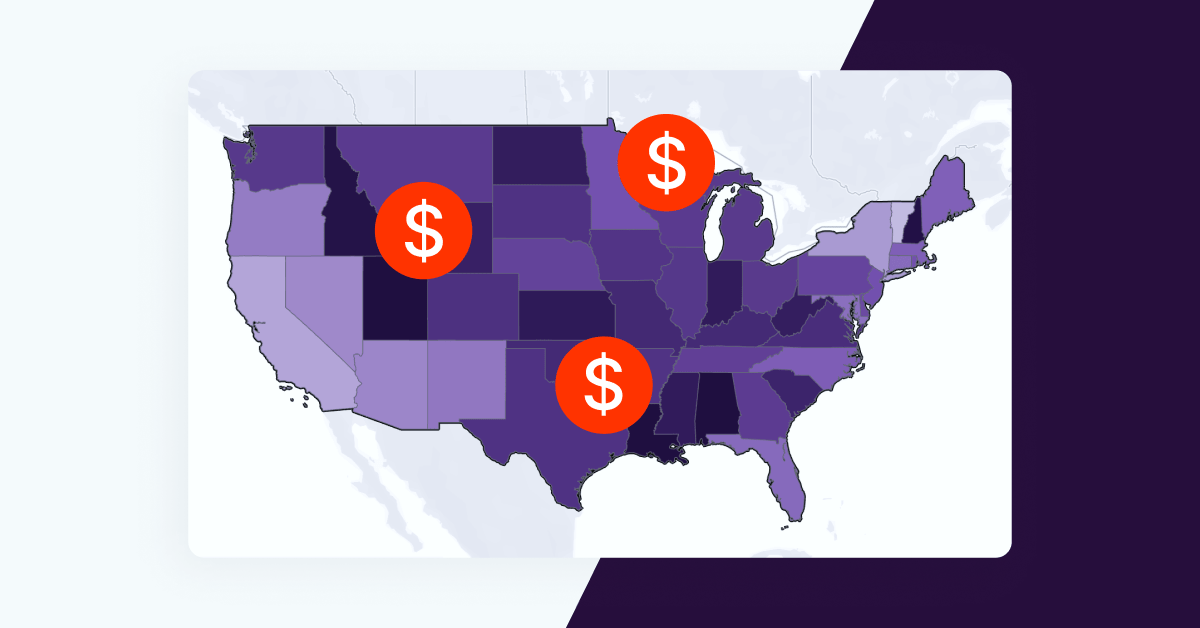Pay data reporting is a global trend. Currently, 28 countries around the globe require some type of pay reporting. Every country’s laws around pay differ. Some focus on pay equity, while others primarily look at pay gaps, and yet others require a salary registry. Some have laws requiring equal pay that are only minimally enforced, while others have robust enforcement and reporting requirements. Some countries, like the Netherlands, are still evaluating stronger pay reporting requirements.
Additionally, the upcoming EU Pay Transparency Directive will add reporting obligations to an additional 14 countries and will amend the reporting reporting requirements in 13 countries with existing pay reporting requirements, requiring compulsory pay equity analyses and remediation as well as public reporting on mean and median pay gaps.
For companies with a global workforce, pay reporting can seem daunting due to complexities like the various approaches to pay equity, data privacy, a web of different reporting requirements, and differences in employee thresholds and deadlines.
To help you get a handle on global pay reporting, our team of experts has compiled a calendar showing monthly pay reporting deadlines for jurisdictions across the world — and guidance for how leading brands are adopting a global approach to pay reporting and workplace equity.
Global pay reporting deadlines in 2024
January
South Africa (if electronic)
Ukraine*
February
Brazil (data due)*
March
Austria*
Belgium*
Brazil (published)*
France
April
Italy*
Portugal
Ukraine*
United Kingdom
May
Australia
U.S. – California
June
Canada (draft for feedback)*
Israel
Japan (but based on fiscal)
Norway (but based on fiscal)*
Switzerland*
July
Ukraine*
August
Brazil (data due)*
September
Canada (reporting)*
Brazil (published)*
October
South Africa (if manual)
Ukraine*
November
December
Denmark
Iceland*
Ireland
Rolling or employer-specific deadlines: Chile, Finland*, Germany*, India*, Lithuania*, Luxembourg*, South Korea, Spain*, Sweden, U.S. – Illinois*, Minnesota*
The asterisk indicates the reporting is not annual. This reporting may be more frequent or less frequent.
Where does your company meet employee thresholds for pay reporting?
Use Syndio’s free Global Pay Reporting Calculator to get a list of countries where you owe reports — then get all the details on specific deadlines and requirements.
How multinational brands are approaching global pay reporting
How can global companies ensure their approach to pay equity and pay reporting is globally consistent, while remaining responsive to local market practices?
1. Establish a global workplace equity strategy.
Reporting on pay gaps leads to a demand for progress and action plans. Companies need shared metrics, accountability, and partnership to understand and improve in the complex, interconnected areas of workplace equity. Syndio is the partner of choice for enterprises across the globe who are on the journey to closing their pay gaps.
Tackling global pay equity: Companies take a mix of approaches to their overall global pay equity strategy. Some undertake multiple country-by-country analyses; others also look at their workforce globally or in cross-country groupings or regional analyses to evaluate consistency across the globe or within a region. Syndio’s PayEQ® solution and team of experts help companies approach global pay equity in a way that can accommodate both within- and between-country analyses. We also see some companies start small — prioritizing countries with the most active pay equity legislation and where they have the most employees — then scale their program over time as they refine their processes.
Closing unadjusted pay gaps: Unadjusted pay gaps have complex and interconnected roots across both pay and career opportunities. One major contributor to the gender pay gap is disproportionate representation of women in higher-paying roles compared to their proportion of the workforce. Syndio’s OppEQ® solution helps businesses tackle core drivers of their unadjusted pay gap by assessing fairness in their hiring, promotions, and retention processes.
2. Develop a global approach to pay reporting.
Syndio helps our customers analyze and complete pay reports for compliance with many pay reporting requirements around the globe. Have 250 employees in the UK? Syndio can help! How about reporting obligations in Switzerland? We can help! France? Syndio can help there, too!
Start by building your company’s calendar of pay reporting deadlines — our free Global Pay Reporting Calculator can help you quickly build a list and our experts can provide all the details on deadlines and requirements.
Next, streamline your pay reporting processes. Global Pay Reports is a one-stop solution for global pay reporting in 29 jurisdictions in Europe, the U.S., and around the globe. Automate reports with metrics calculated for you, and receive frameworks and step-by-step guidance for submissions.
3. Build a communications strategy around your pay gap data.
Don’t stop there. As pay reporting laws continue to expand and put the spotlight on unadjusted pay gaps, it’s important to be prepared for questions from employees, investors, and other stakeholders.
To help you build a communications strategy for your pay programs and reporting, check out our bundle of workplace equity communications resources, including a step-by-step playbook, a lookbook featuring real-world communications examples from 20+ companies, and tips from a leading communications consultant.
Step 1 to global pay reporting compliance? Understand where you need to report. Use Syndio’s free calculator to understand in which jurisdictions your company meets employee thresholds for global pay data reporting requirements.


